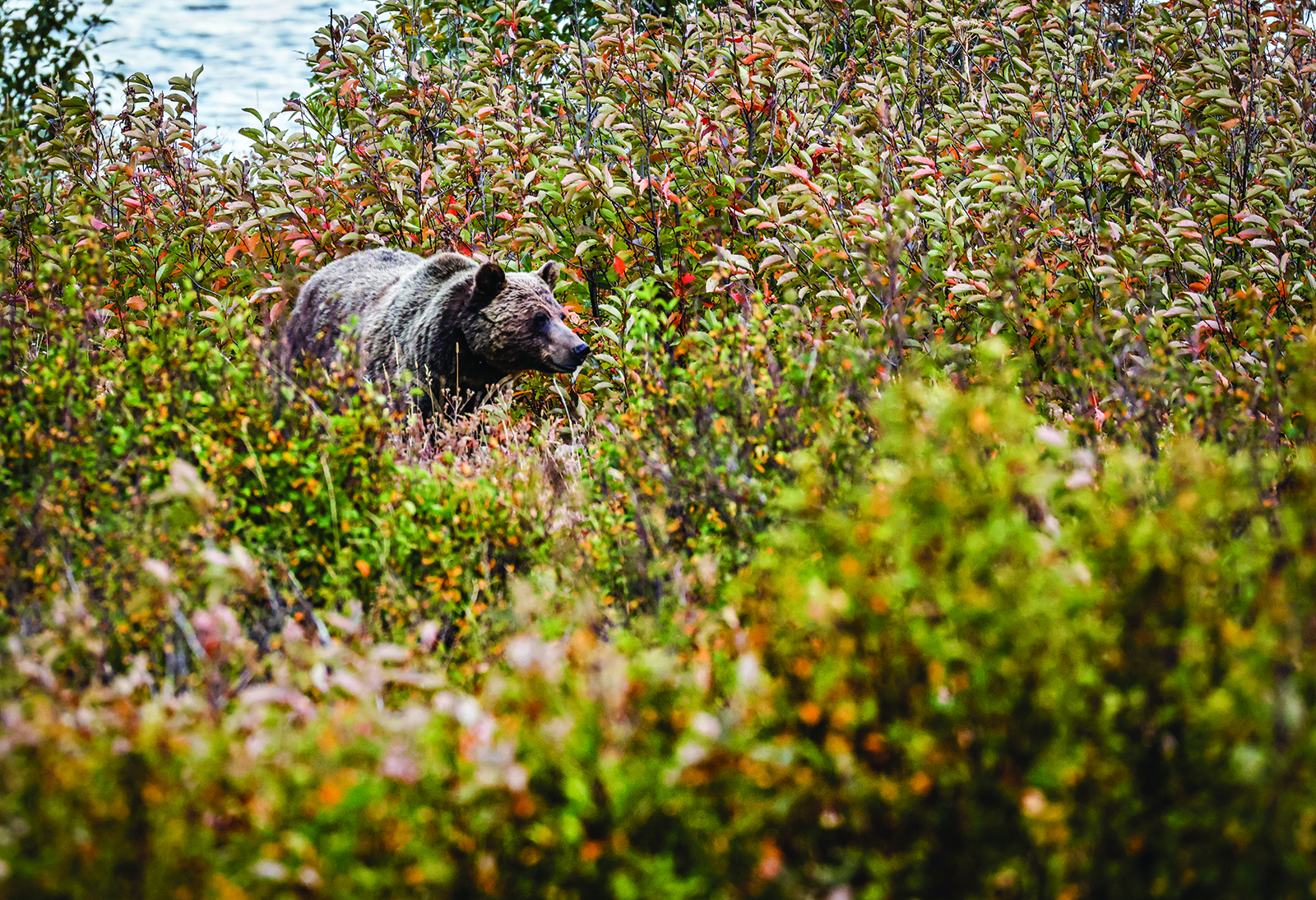Bird Flu Spreading from Backyard Chickens to Bears, Other Carnivores
As avian flu continues to decimate backyard poultry flocks in Montana, the highly contagious disease has been detected in large carnivores at an alarming rate, prompting health officials to urge caution around sick animals
By Tristan Scott
Earlier this month, the Montana Department of Livestock confirmed the 17th case of highly pathogenic avian influenza (HPAI) in a backyard poultry flock linked to last year’s statewide outbreak, renewing concerns over the persistence of a disease better known as “bird flu” — as well as about the increasing rate at which the current strain is being transmitted to mammals, including grizzly bears.
In northwest Montana, where bear conflict specialists regularly respond to reports of bears raiding chicken coops, wildlife managers are tracking bear behavior with a heightened degree of vigilance this spring after three juvenile grizzly bears tested positive for bird flu last fall, representing the first documented cases of avian flu in grizzlies.
“We suspect these mammals probably get the virus from consuming infected birds,” FWP Wildlife Veterinarian Jennifer Ramsey said.
The three bears — one near Bigfork, one near Augusta and another near Dupuyer — were “observed to be in poor condition and exhibited disorientation and partial blindness, among other neurological issues,” wildlife managers reported at the time.
FWP Bear Management Specialist Erik Wenum said the bear in Bigfork was a cub of the year and appeared to be suffering from grand mal seizures at 45-second intervals, a symptom common in rabies infections. After running a battery of tests for other suspected maladies, including encephalitis, lab tests confirmed it was bird flu, according to Wenum.
“The biggest problem is we don’t have a good understanding of how bird-flu symptoms present in bears,” Wenum said. “It’s neurological but we don’t know how long it takes before the symptoms set in. We’re dealing with a hyper-virulent strain here.”
A fox and a skunk in Montana also tested positive for HPAI last year, and the virus has been found in black bears, skunk, badger, mink, raccoons, mountain lions, and even a coyote.
“We just got an updated list from the state veterinarian and while we did not previously have any confirmed cases of bird flu in mountain lions, we do now,” Justine Vallieres, FWP’s bear conflict specialist in Region 1, told the Beacon. “That was as a result of consuming a domestic goose that was infected and died and was improperly disposed of.”
“The other thing the public needs to be mindful of is we are seeing some cases, limited though they are, in which we’ve detected mammal-to-mammal transmission in addition to bird-to-mammal transmission,” Wenum said. “That means if bears can get it, so can people.”
Although the Centers for Disease Control and Prevention (CDC) considers risk of HPAI spread to humans to be very low, health officials say Montanans should take precautions when handling game birds, sick or dead birds and mammals they find. That includes avoiding contact with sick or dead wildlife. Even if an animal is not suspected to have died from a contagious disease, gloves should always be worn if a dead animal must be handled for disposal.
“Despite detecting HPAI in birds and mammals, the risk to human health is currently low,” said Department of Public Health and Human Services (DPHHS) influenza epidemiologist Devon Cozart. “However, in order to keep it that way, we are encouraging people to be mindful of their interactions with both domestic poultry and wild birds.”
FWP staff would like to know about unusual or unexplained cases of sickness and/or death of wild birds and animals by calling their local wildlife biologist or the wildlife lab in Bozeman at (406) 577-7880 or (406) 577-7882.
Additionally, there is concern for transmission to domestic cats and dogs that ingest dead infected birds. Mammals with HPAI may exhibit neurologic symptoms, such as incoordination or increased aggression. If you notice abnormal neurologic behavior in your pet, please contact your veterinarian and provide any history of recent ingestion of a deceased bird by the pet. Rabies is also a concern when dealing with animals that exhibit neurologic symptoms.